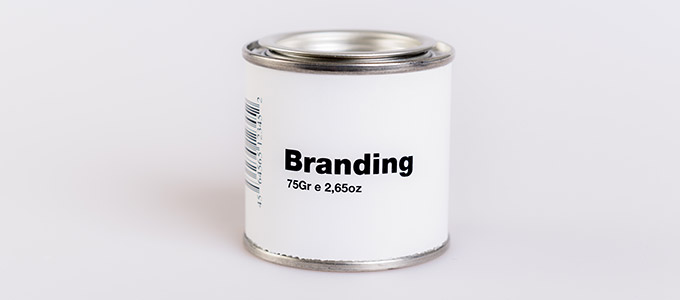
Madrid Protocol – General Discussion
An application under the Madrid Protocol must be linked to a “base” application or registration for the trademark already on file in the applicant’s home trademark office. The applicant’s home trademark office will confirm that the international application agrees with the base application or registration, and then forward the documents to the International Bureau of the World Intellectual Property Office (WIPO) in Geneva, Switzerland. WIPO will verify basic filing requirements and enter the mark in the international register. Copies of the application will then be sent to the trademark offices in the countries designated for registration on the international application. The designated countries have up to 18 months to approve or refuse registration of the mark based on their own national standards of registrability. Once all requirements for registration have been met, the International Bureau will publish the mark in the International Gazette and issue a single international registration covering the designated countries and renewable for 10-year terms. The registrant may subsequently request extension of its international registration to other member countries.
The protection provided by an international registration is the same as that of a national registration issued by a designated country. The centralized nature of the international filing system can provide considerable benefits in convenience and cost over the filing of separate national applications. For example, an applicant need not consult local counsel unless an Office Action is issued by that country’s national trademark office. In addition, renewals, assignment recordals and changes of name and/or address may be handled through a single filing with the International Bureau. Lastly, the stringent 18-month time limit for review by national trademark offices imposed by WIPO significantly accelerates registration in some countries where the examination process can take several years.
There are some drawbacks to the system over direct filing. A rise in international trademarks may create a corresponding increase in the risk of potential conflicts and refusals. Clearance searches for proposed marks — including both relevant registers and the WIPO database — will become more important than ever. Applicants remain subject to local standards for registration in the designed countries. It will be necessary to appoint local counsel to handle prosecution in those countries where issues arise. These representation fees may quickly dissipate any expected cost savings. Professional services may be charged at a premium since time will already be running on these cases and counsel will have to expedite responses to the issues presented. This will be particularly problematic in those countries where time limits are short and local counsel must have a power of attorney in hand in order to act. Also, an international registration is dependent on the base application or registration during the first five years after issuance. If the base application or registration is abandoned or cancelled for any reason during the first five years after issuance, the international registration will also be abandoned or cancelled.
Reliance on a home application or registration may put U.S. applicants at a particular disadvantage, given the generally rigorous standards of identification, descriptiveness and confusing similarity employed by the U.S. Trademark Office. If the base application or registration is refused or cancelled, the Protocol provides a safety valve: a limited time period during which an international registration may be “transformed” or converted by filing new national applications in the designated foreign countries. Conversion requires payment of additional national filing fees, but resulting national registrations will bear the same filing and priority dates as the international registration.
The scope of coverage for an international registration may not exceed that of the base application or registration. The decision to employ the Madrid Protocol based on a U.S. application or registration must be weighed against the possibility of obtaining broader protection through an application filed directly with a national trademark office.